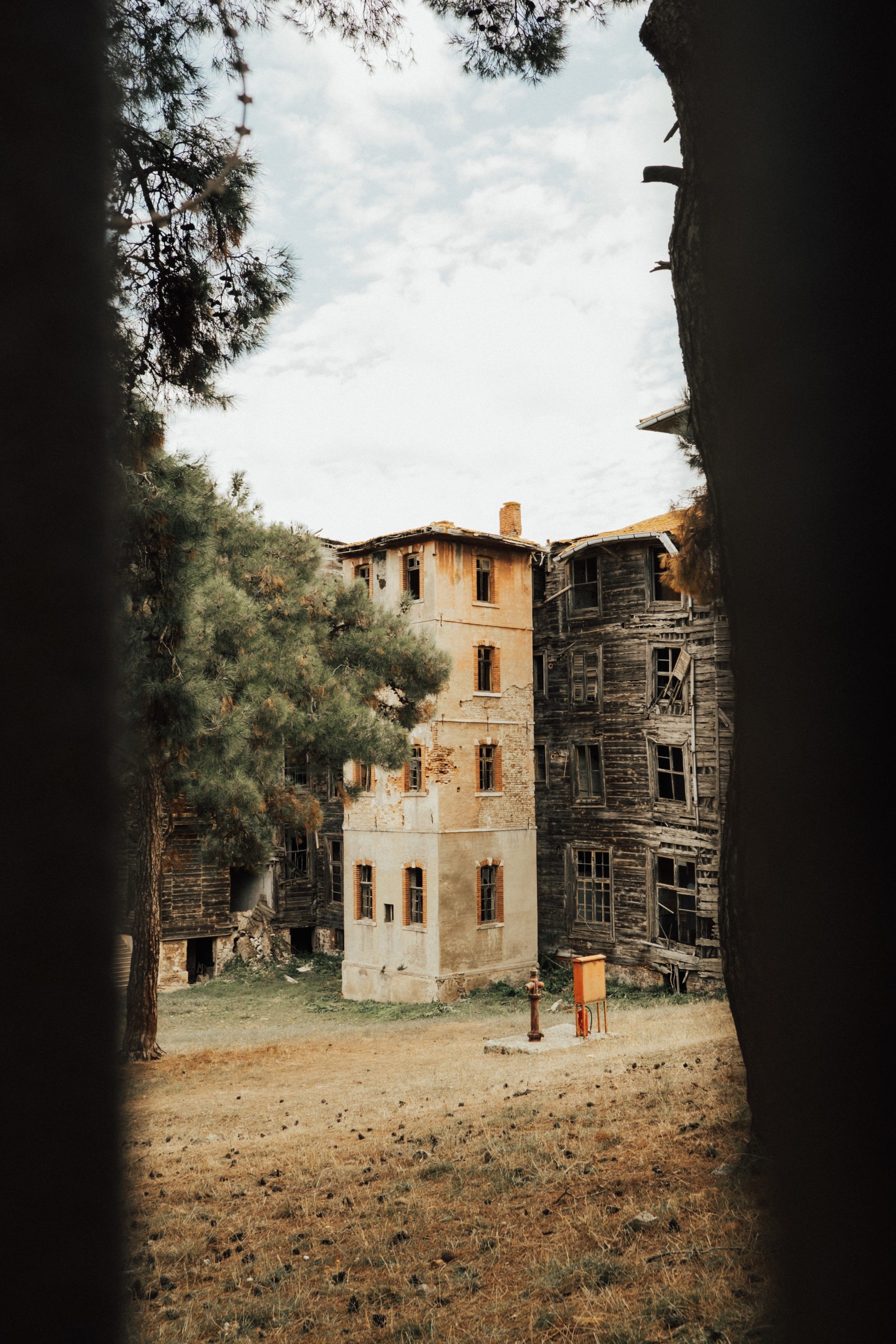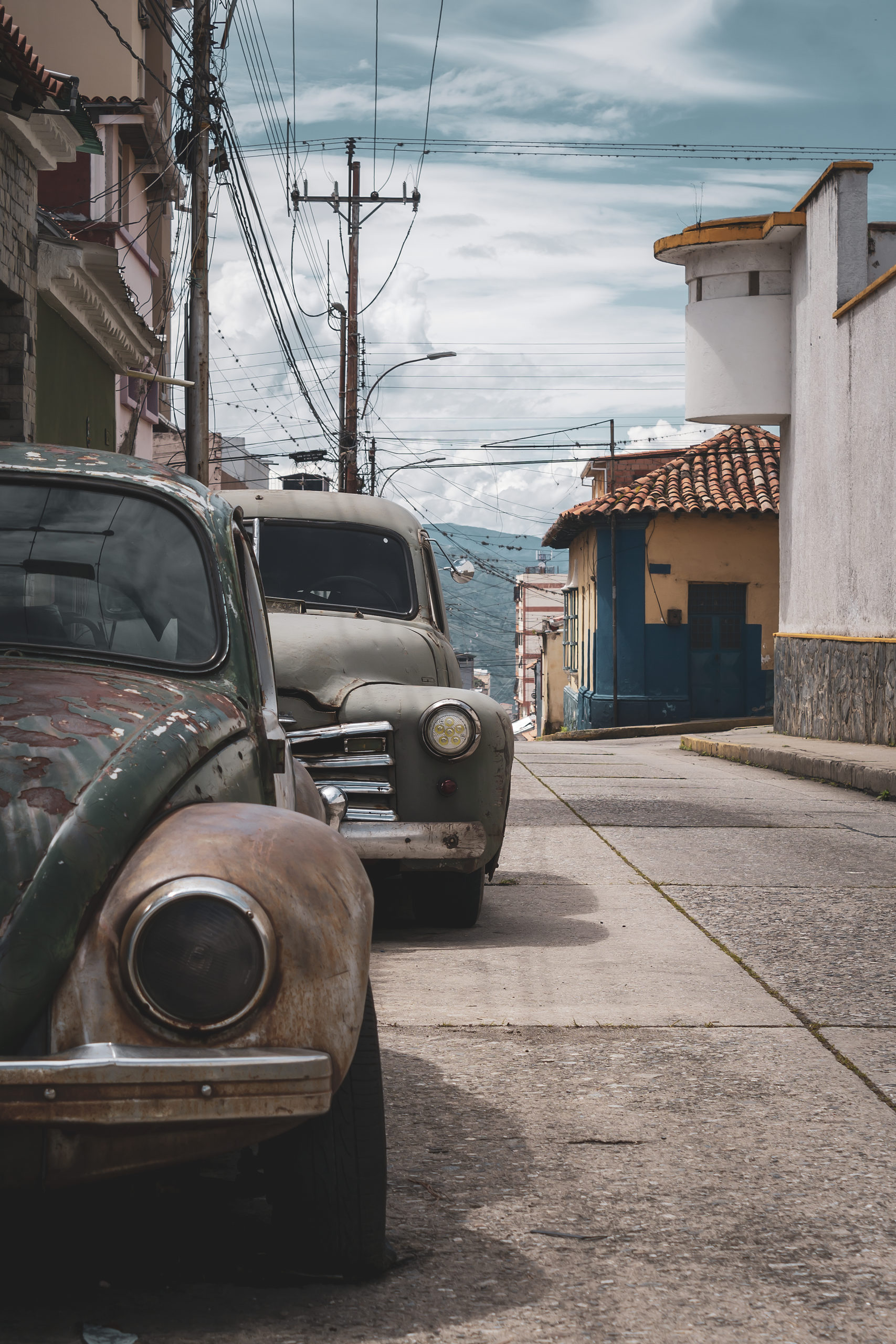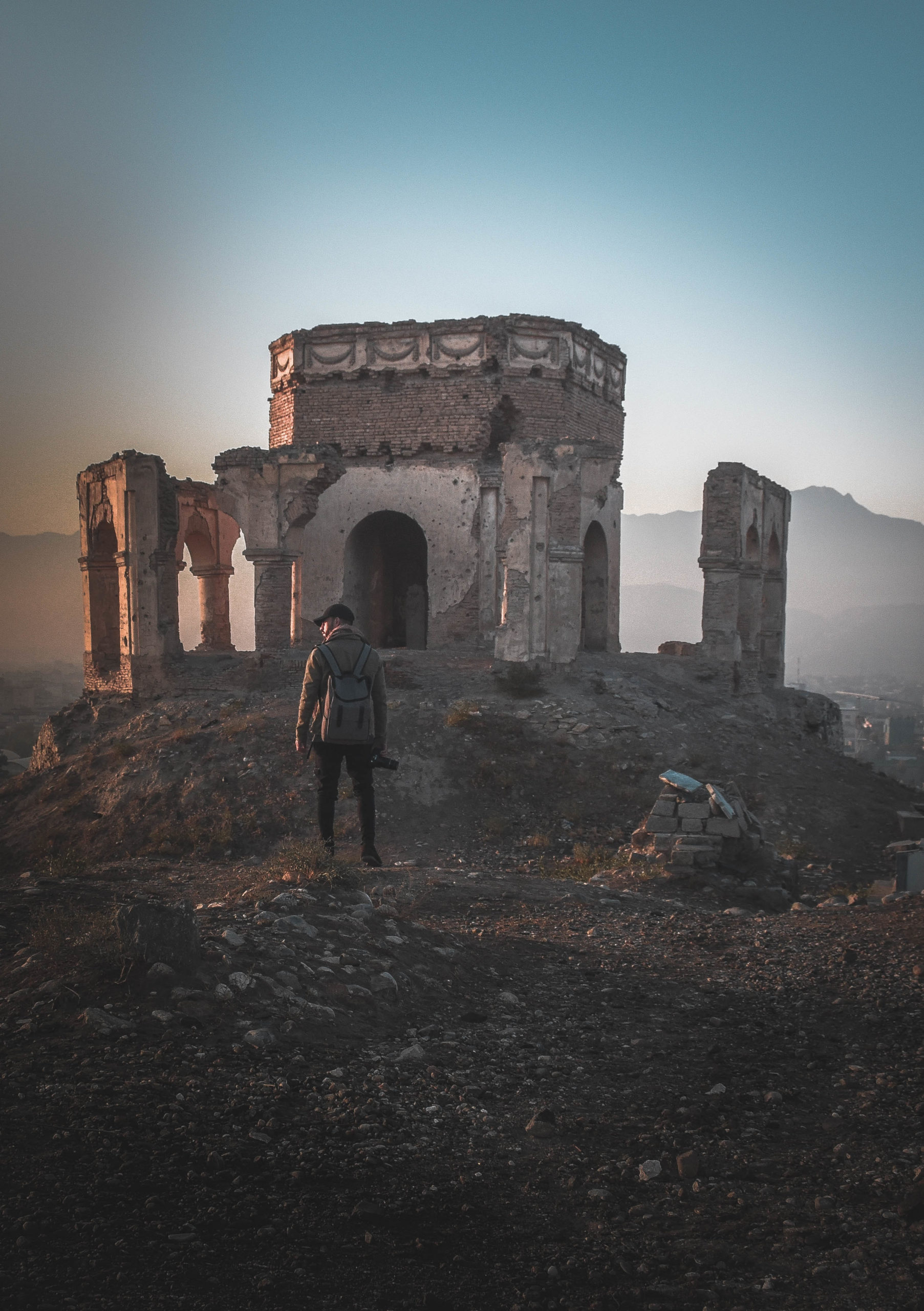Many photographers find themselves overwhelmed by the number of possible subjects to photograph and even enter a creative crisis. There are always new places and amazing people to photograph, but just as interesting is the past. Sometimes the subject can be found unexpectedly when you are just walking around the city. If you don’t have a camera handy, you can capture a cool scene on your smartphone. By the way, we recommend you read an article about long exposure on iPhone on Skylum’s website.
Speaking of abandoned buildings, we must photograph them while they still exist to preserve them in time. In this piece, we’ll give you valuable tips to help you catch a beautiful shot with deep meaning.
Tell the story
This is a very important aspect, so we put it at the beginning of the article. Let’s take a closer look at it:
- You must understand the location and the context in which it exists before you begin your journey.
- A place should have a story, which can be either interesting or silly. Understanding what the structure was used for and why it was left behind, as will affect the informational component of your shots.
- Having context and background helps your creative process and allows you to build a story of the place using your shots to portray the area the way you want it to be.
You can look up places with history on the internet. These can be locations right near you or near the city.
Finding a Location
We move on to the next important thing. Finding the right location when working on a project of this type can be difficult. It’s often hard to tell what you’ll find behind crumbling walls. There may be buildings like old churches, factories, mills, or warehouses that you pass by every day on your way to work that has probably just been left here to wither away.
There is an option to contact your local historian, who may know where in your area to find interesting buildings and locations that have a long and varied history but have now fallen into disrepair. Take your time and do some preliminary research. You’ll have a better chance of finding a location that’s right for you.
The most important thing is that you do not trespass on private property just to get a picture. If you are not sure about the location and whether you are allowed to be there, please check it.
Think about your safety
Abandoned buildings can be fragile and you mustn’t get into a dangerous situation or put yourself or someone else at risk. If possible, explore the area in daylight to avoid accidents in the dark.
Ideally, you should not go alone so that you can keep an eye on each other while you visit. If this is not possible, make sure you tell someone where you are going and when to expect you back. Take a flashlight with you, even if you are walking in the daytime, as you can never be sure what dark gaps you will encounter.
Pack yourself
You don’t need any particular type of camera for a trip like this, just take one that you like to use and that has a manual mode. It could even be a flagship smartphone with a good camera, like an iPhone. You won’t likely want to lug around a huge amount of equipment, but we would recommend that you bring a removable flash and a tripod.
A flash can be especially useful because old buildings can be quite dark and dim with limited natural light, and the chances of there being electricity to create artificial light are extremely slim. A tripod is always useful for general shots and will allow you to keep the shutter open longer if necessary.
Taking pictures of major landmarks
So, now we move directly to photography. As with any architectural or landscape photography, you must take some general shots.
Close-up
Once you’ve put everything in context in your close-up photos, it’s important to remember that it’s the details that make a place what it is and give it character. Aspects such as stains of dried old paint, nicks in the wooden window frames, cracks in the glass, and moss or lichen growing up the wall, all make close-up shots very appealing. Be careful when examining a place. The details that others ignore can help you create great shots.
Get creative
When you’re on location, it’s important to take your time. You want to be quick to marvel and shoot, but I find it much more rewarding to take your time and explore a place so you can immerse yourself in it.
Chances are these subjects are new to you and you’re seeing them for the first time, so you’re not just going to feel and absorb a lot, you’re going to have that fresh enthusiasm to help you get creative with the process. Don’t be afraid to try some experimental photographic techniques, work with angles and points, as well as long shutter speeds and HDR.
You can use a photo editor to make some features of the building more vivid and pronounced. We recommend that you try Luminar Neo, even if you are already addicted to Adobe software. This modern photo editor with a huge set of AI tools will open up limitless possibilities for your creativity.
To sum it up
Getting the opportunity to photograph abandoned buildings can be difficult, but when you get the chance, it can be an extremely rewarding project. It’s so tempting to turn something old and forgotten into art and give it new life.
Remember, you can get a good shot of an abandoned building even with your phone. To learn how to take pictures with a smartphone, read this article about long exposure on iPhone on Skylum’s blog.



